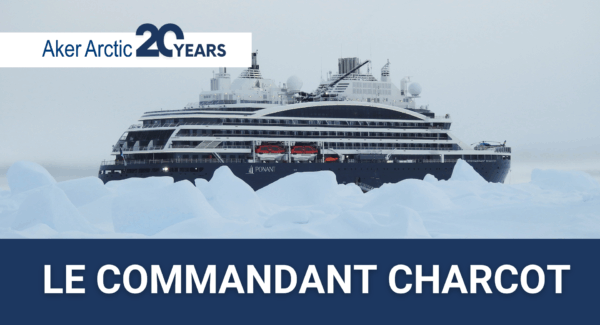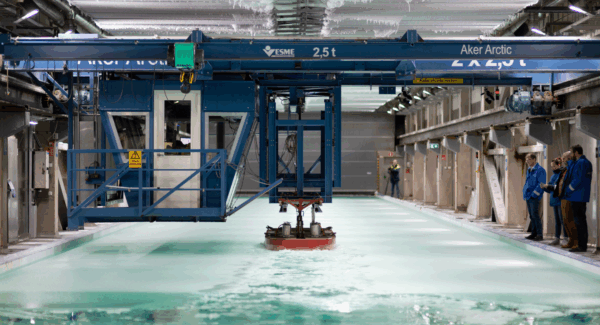A mild and windy winter still required icebreaking
With the last Finnish icebreaker Polaris returning to her home port in Helsinki for a well-deserved summer break, it is a good moment to reflect on the past icebreaking season.
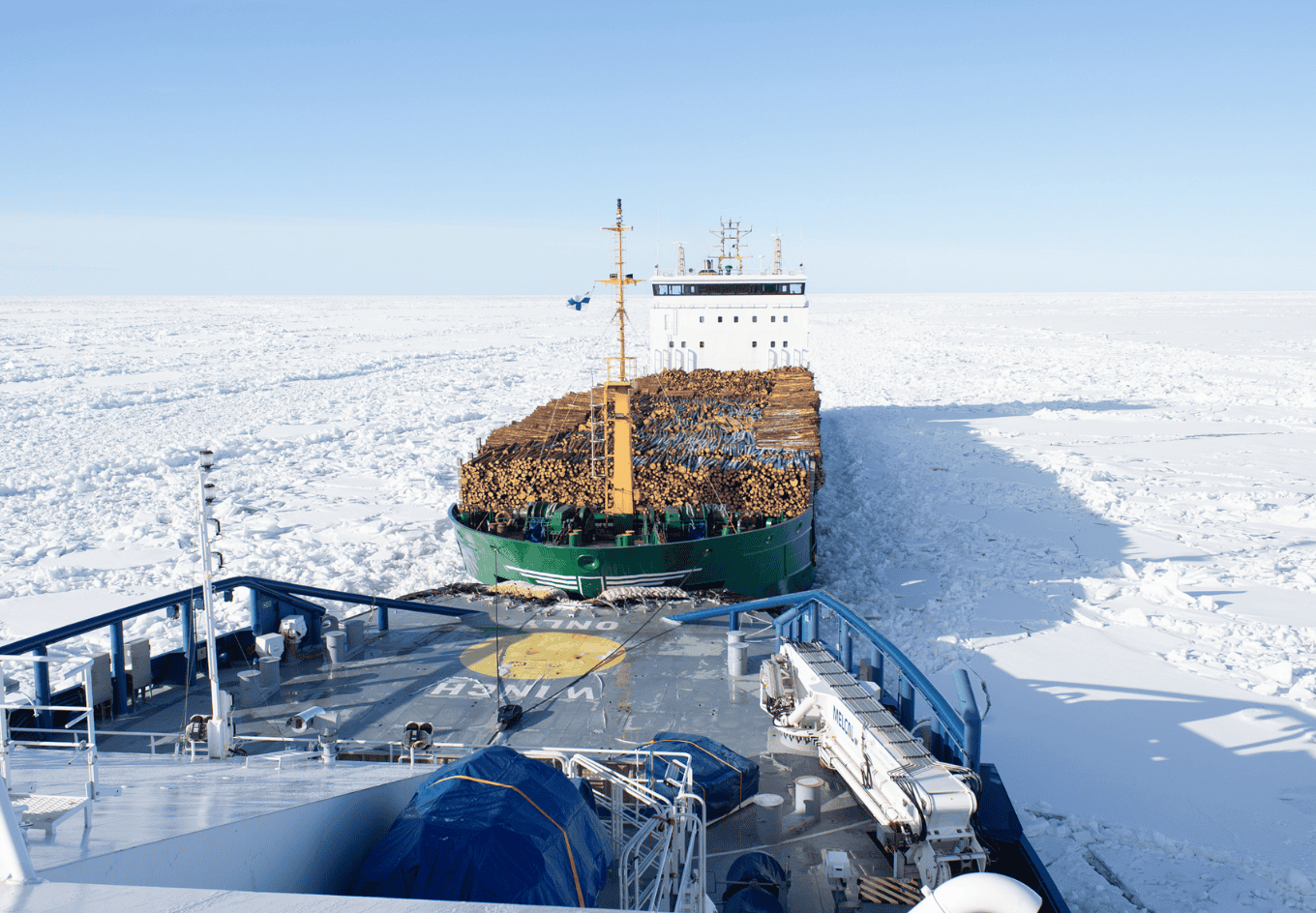
The winter 2024–2025 was characterized by mild temperatures and persistent winds. While it began with average winter conditions, a notable change occurred in February, after which the ice growth came to a halt.
Throughout the season, strong winds pushed the ice pack toward the Bothnian coast, causing ridging and compression within the ice field. These dynamics posed significant challenges to commercial traffic and necessitated continued icebreaker support, including brief suspensions of assistance operations.
Five months of restricted traffic
The Finnish Meteorological Institute (FMI) began publishing ice charts in late October and new ice formation was first indicated on 4 November 2024. The Finnish Ice Service began issuing daily ice reports in early December, and the season’s first assistance restrictions were set for Lake Saimaa and the Saimaa Canal on 11 December 2024. Similar limitations were introduced for Finnish ports in the Bay of Bothnia just before Christmas, approximately a month later than in the previous season.
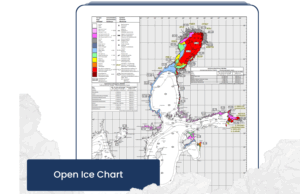
Early in the winter, strong winds created shifting ice fields in the northern Bay of Bothnia, alternating between the Finnish and Swedish shores. By late February, the ice cover peaked at 85,000 square kilometres, with both the Bay of Bothnia and the narrow waterway between Finland and Sweden entirely ice-covered.

For the first time in five years, the Gulf of Finland remained largely ice-free the entire season. No icebreaker support was needed in this sea area.
The final assistance restrictions on the Baltic Sea were lifted in mid-May 2025, when the last scattered floes off Kalajoki had all but melted.
Finnish and Swedish icebreakers in operation
Finland deployed five icebreakers during the season. Kontio was the first to begin its duties of icebreaking and assisting merchant vessels on 19 December, followed by Otso, Sisu, and Zeus of Finland. The country’s most modern and powerful icebreaker, Polaris, was only activated at the end of February, when ice conditions were at their most severe.
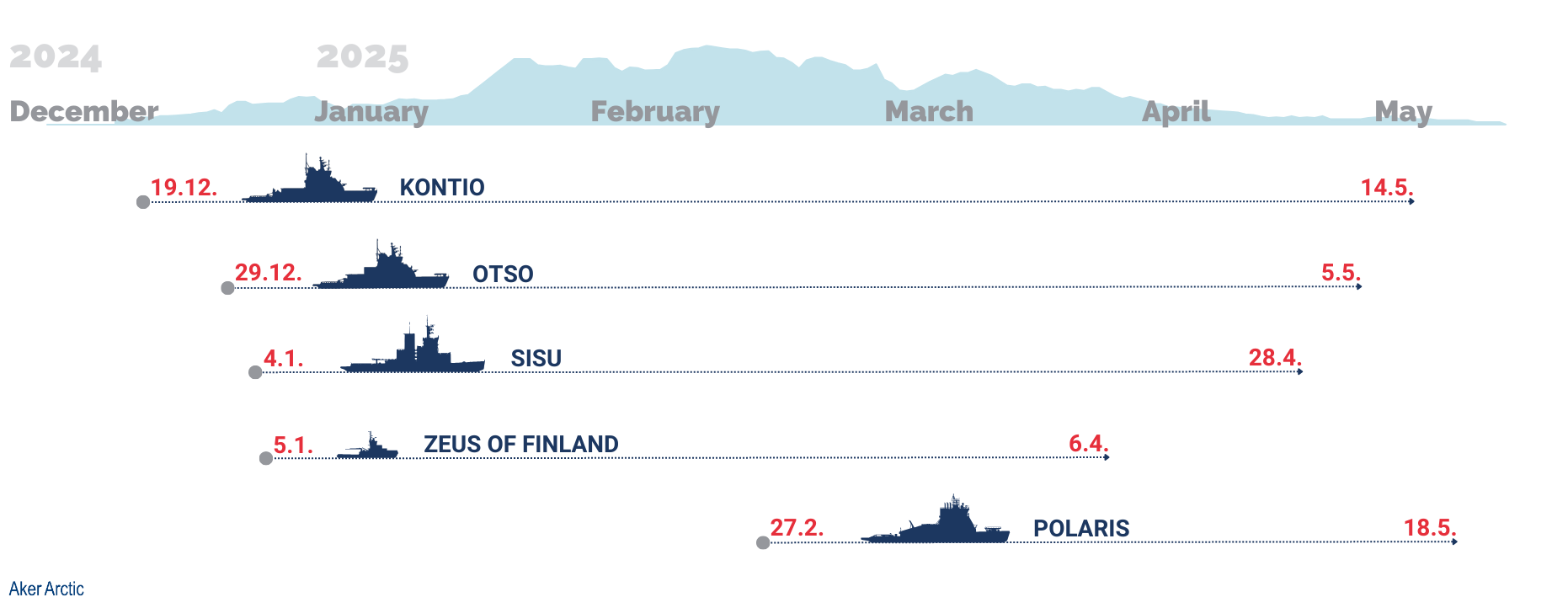
According to the Finnish Transport Infrastructure Agency, Finnish icebreakers accumulated a total of 572 operational days, about half the number recorded last year. There were 13,600 vessel visits to ports under restrictions. At sea, 1,014 vessels required icebreaker assistance in general, while 135 vessels needed to be towed through ice barriers; roughly half and one third, respectively, compared to the previous winter.
The Swedish Maritime Administration (SMA) deployed all six of its state-owned icebreakers — Ale, Atle, Frej, Ymer, Oden and Idun — in rotation to assist commercial traffic. Sweden’s icebreaking season began in early January and concluded in May. SMA reported that 220 vessels required assistance this season, which is about one fifth of last year’s total.
The Estonian State Fleet briefly deployed its smallest icebreaking asset, EVA-316, in the Bay of Pärnu, but there was limited need for assistance in Estonian waters this winter.
Future icebreaking calls for new solutions
This past winter, mild based on ice extent, but still challenging for ships calling Finnish ports, gives a hint of what can be expected more frequently in the future.
During mild winters, the ice conditions are increasingly driven by wind patterns rather than just sub-zero temperatures. Even with lower overall ice extent, significant navigational challenges can still arise, such as increased ridging, compression within the ice pack, and slush barriers at the ice edge. Smaller merchant vessels will continue to require icebreaker assistance, even early in the season.
Shifting ice conditions, combined with the more stringent energy efficiency requirements for modern commercial vessels, place new demands for future icebreakers as well. The late activation of Polaris, Finland’s most capable icebreaker, illustrates how smaller icebreaking vessels can handle most situations during mild winters, with high-power assets stepping in only when conditions escalate and peak capacity is required.
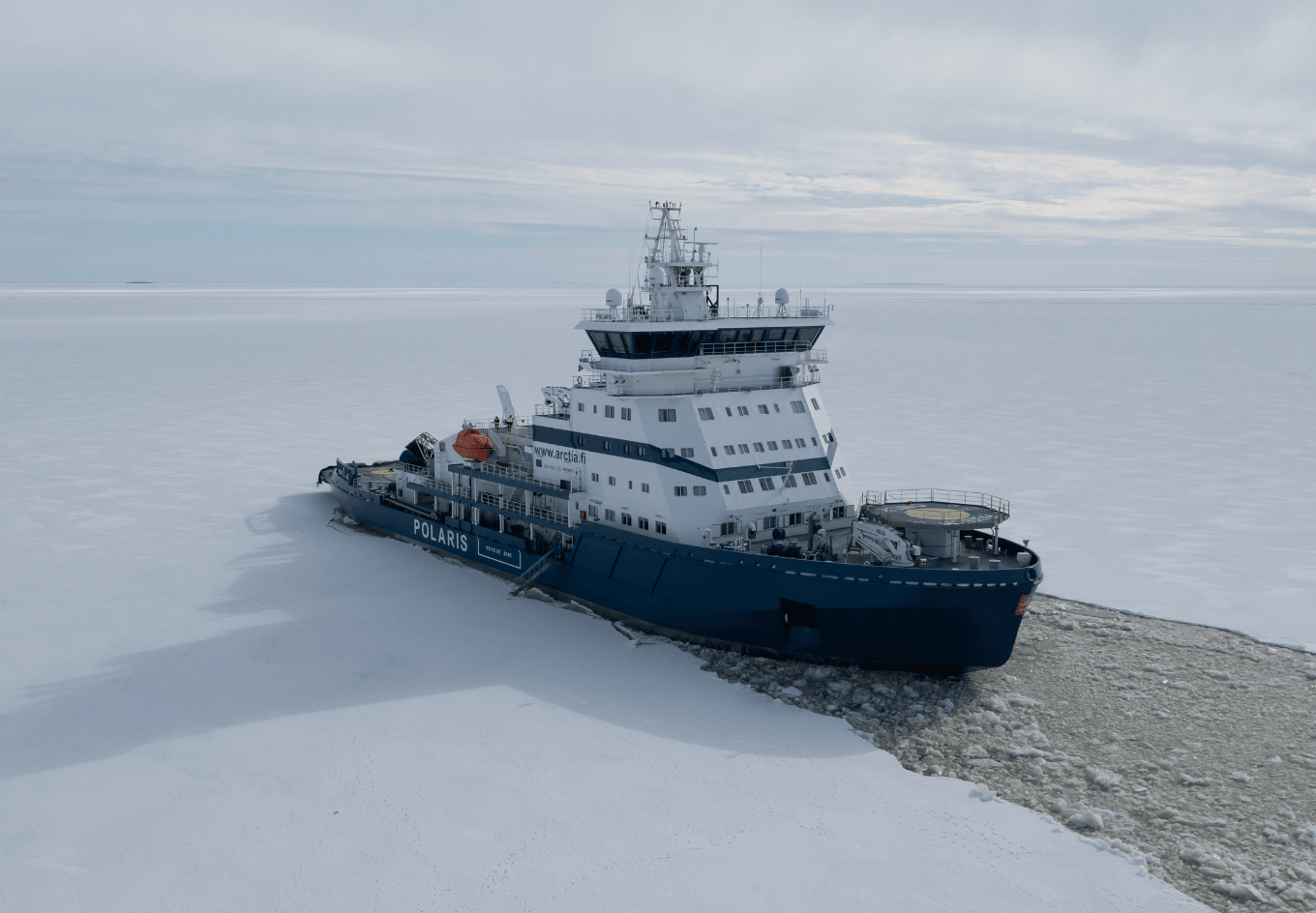
Aker Arctic is currently developing a state-of-the-art icebreaker for the Finnish Transport Infrastructure Agency. The purpose of the intermediate-class vessel, referred to as “B+”, is to begin the icebreaking season in the Bothnian Bay and, if ice conditions in that area warrant bigger and more powerful icebreakers, continue assisting vessels efficiently in the Bothnian Sea and the Gulf of Finland later in the season.
Text: Catarina Stewen
Read more about icebreaking on the Baltic Sea and the new Finnish icebreaker currently under development by Aker Arctic:
